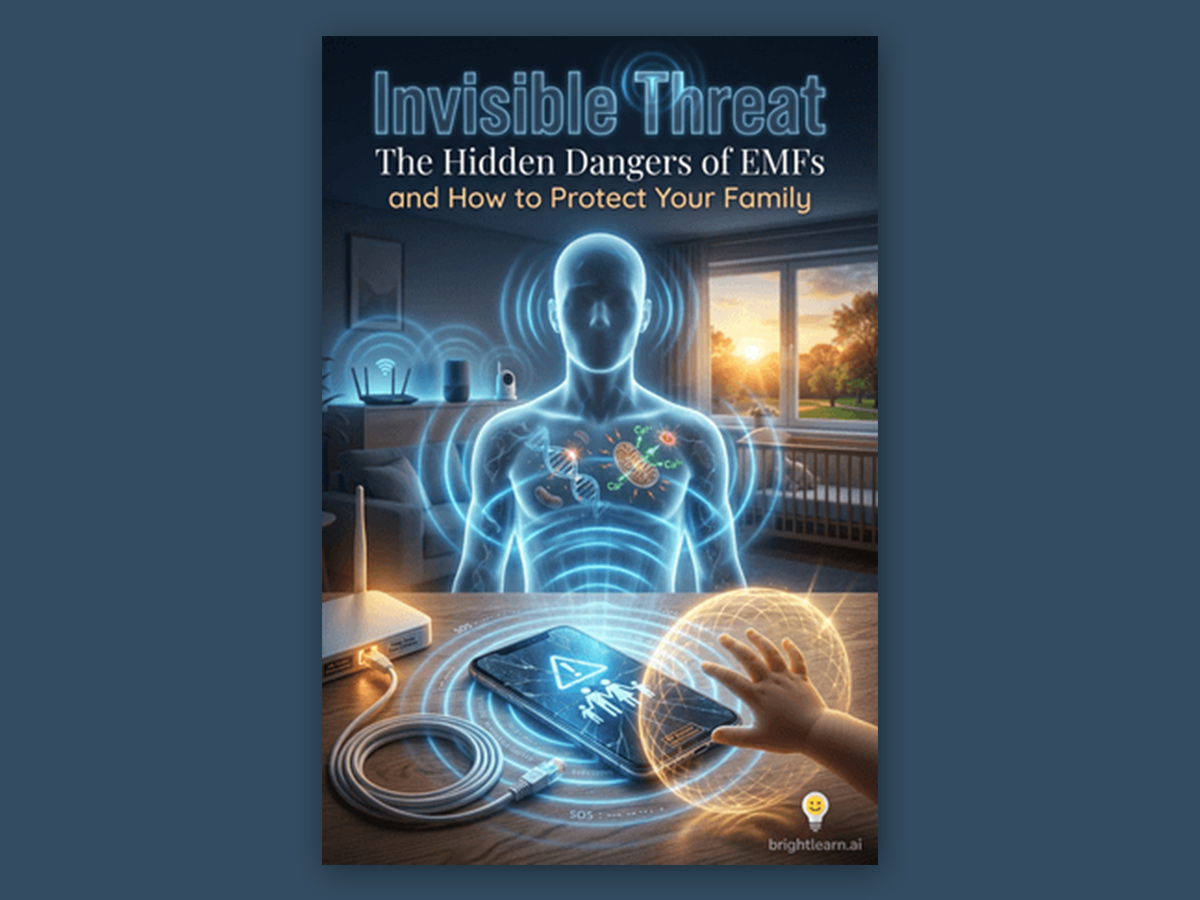
Lidar can cause significant damage to cameras
While Hecht surmised that lidar is safe for human eyes, an incident in January 2019 showed that it caused significant damage to certain kinds of cameras. During the CES 2019 trade show in Las Vegas, an attendee claimed that a lidar sensor attached to a vehicle damaged his almost $2,000 camera. Ars Technica reported that autonomous vehicle engineer Jit Ray Chowdhury took pictures of a car equipped with a sensor developed by lidar startup AEye. Unfortunately, all subsequent pictures he took using the camera had two spots in the same area. "I noticed that all my pictures were having that spot," Chowdhury remarked. He continued: "I covered up the camera with the lens cap and the spots are there – [they are] burned into the sensor." The engineer who works at mobility startup Ridecell said AEye has offered to buy him a new camera. A BBC report later said Chowdhury was satisfied with AEye's response, but he noted that a warning should have been clearly placed near the vehicle. "Lidar companies should test how camera-safe they are," the engineer commented. According to Chowdhury, other lidar systems he tested and took pictures of at close range did not damage his camera. In an email to the technology news website, AEye Founder and CEO Luis Dussan acknowledged that the company's lidars can damage camera sensors. He explained: "Cameras are up to 1,000 times more sensitive to lasers than eyeballs." Dussan nevertheless insisted that lidars pose no danger to human eyes. (Related: New laser-based system can locate small methane leaks in an area of several square miles.) The International Laser Display Association agreed with Dussan's remarks on the possible effect of lasers on certain cameras. It warned: "Camera sensors in general are known to be more susceptible to damage than the human eye." The group continued that "[the] extent of damage can vary widely, depending on [the] distance from the source, beam direction and power." Several factors play a role on how lidar affects nearby cameras, such as the intensity and duration of the laser pulse. While shorter pulses can measure distance more accurately, they require a higher intensity that can negatively impact camera sensors. Lidar has been a point of contention ever since the CES incident involving Chowdhury, with the issue of whether it was a fluke or a real problem with the systems being debated on. Hecht also pointed out that cheaper versions of lidar units could leak some light in the lower 900 nanometer band, where it can damage cameras and permanently blind people. Visit FutureScienceNews.com for more news about new technology and their potential risks. Sources include: CleanTechnica.com OceanService.NOAA.gov TruckingInfo.com ArsTechnica.com BBC.comIt’s official: Moderna created Covid-19 in order to grift billions from “vaccine” sales
By Ethan Huff // Share
Fauci and the CDC lied: mRNA “vaccines” do convert to DNA, altering the human body’s genome
By Ethan Huff // Share
Fully vaccinated individuals now account for 9 of 10 COVID deaths in England
By Mary Villareal // Share
NY health department study: Pfizer’s COVID shot for kids only offers 12% protection from omicron
By Ramon Tomey // Share
Scientists discover alternative physical communication channel for NEURONS
By ljdevon // Share
FDA faces mounting pressure as calls for black box warning on COVID vaccines intensify
By patricklewis // Share
Sleep naturally, live consciously: The modern appeal of hemp bedding
By hrseditor // Share
How SODIUM sustains the body and the delicate balance modern diets disrupt
By avagrace // Share











